Every other organization these days is paying attention to improving user engagement, ROI, web efficiency and, most of all, making their website look great. They are ready and willing to pay any price for the best front-end development services.
Why? Because it’s directly correlated to boosting the business visibility.
When you are sharing the requirement of your web application with the developer, they will ask you which front-end development framework you would like to use. These are your options:
1. Vue.js
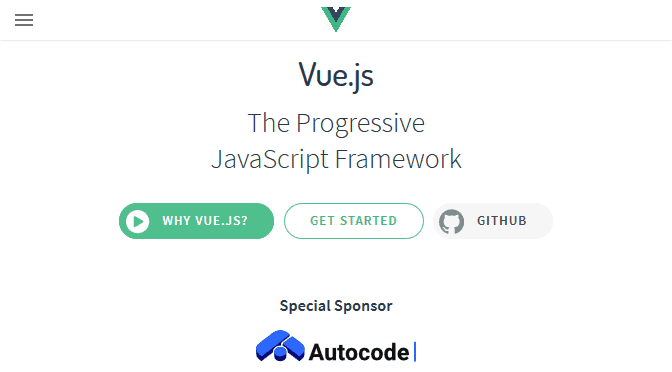
It’s a JavaScript library designed to let you construct diverse web interfaces. If you simply mix it with other tools, it can turn into a front-end framework.
Vue.js started as an individual project and has now become a trending JS framework. It’s progressive. That means you can use it for one portion of your project. It has all the configurations you need to make front-end development stand out.
Website: https://vuejs.org/
2. React

Facebook developed this front-end framework. It’s very robust in building a compelling UI. It quickly marked the top spot amongst all frameworks because of its distinctive features.
React works with virtual DOM. It is quick in updating changes of the user without affecting other parts of the interface. It connects DOM to user interface functionality. You can also reuse code components on every level without rewriting everything from scratch.
One direction flow of data ensures the code is stable throughout. Whenever you are applying updates, only the components chosen will experience change. It comes with an open-source library containing a variety of tools.
Website: https://reactjs.org/
3. Angular

Angular is more than just a suite of the library. It is an all-encompassing solution that allows developers to focus on other important tasks instead of searching for libraries. This framework is created in TypeScript to provide all benefits on the table, be it class syntax, arrow functions, async and more.
It’s ideal for big teams. Its modules allow teams to work on their respective section without breaking into the code of others. It has a lot of versions with modern logic and features for addressing the challenges in web development.
Website: https://angular.io/
4. Ember
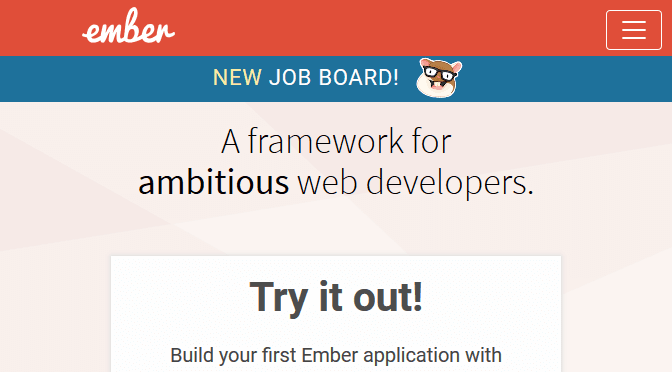
Apple, LinkedIn, discourse, Twitch – these are some of the popular websites developed using Ember. This framework was released in 2011. It was primarily written in JavaScript. It’s not just capable of creating dynamic client-side apps but mobile and desktop apps as well.
Google, Facebook, and Amazon have used this front-end framework for some of their projects as well. Its friendly API makes it easier for you to get your job done. Developers have to write very less code when they are using integrated templates. These templates upgrade when the underlying data changes. It allows developers to focus on what makes their app unique.
Website: https://emberjs.com/
5. Sass
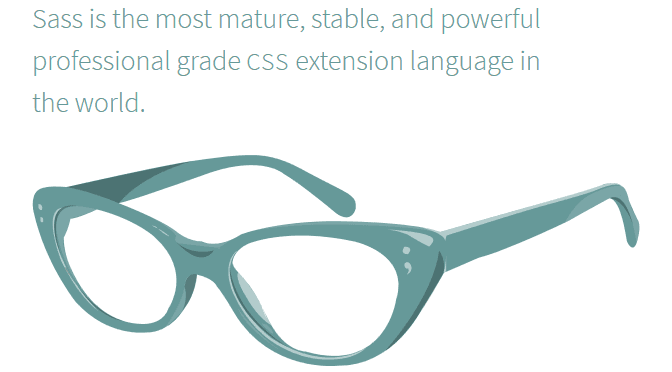
It’s one of the most reliable, robust and mature extensions of the CSS language. It is compatible with all versions of CSS. It even helps in extending the functionality of the existing CSS of a website. This front-end tool is easier to use. It comes with a variety of functions for duplicating colours. Best of all, its library features modern features.
It includes two syntax options – SCSS and Indented. The former uses the .scss extension, whereas the latter uses the .sass file extension and indentation instead of brackets.
Website: https://sass-lang.com/
6. Npm
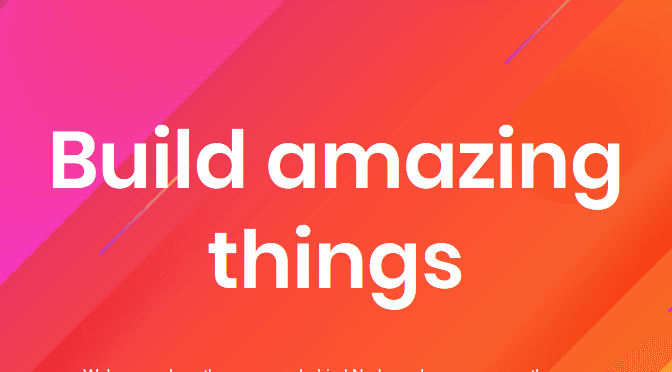
Node Package Manager (npm) is designed for JavaScript. It helps you discover packages for reusable codes. Its registry contains 800,000 code packages. It’s popular among open-source developers for sharing software. Some organizations use it for managing private development.
Npm is free to use. You just have to download it and get started. It includes a command-line client that you can use for downloading and installing the software. You can also use it for managing public and private with the same workflow.
Website: https://www.npmjs.com/
7. Django
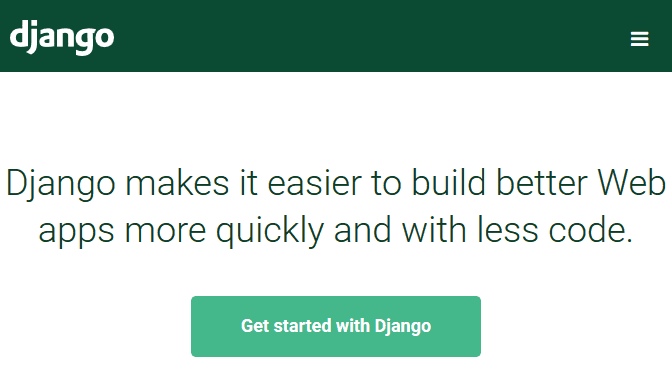
This framework is ideal for building quality web apps. It’s popular because of its fast-developing APIs and web apps. This open-source framework supports agile development of back-end web apps without writing lengthy codes. Developers say this language is versatile, scalable, fast, and secure.
So far, 12000+ projects have been built in this framework. Developers are big fans of the Django framework because of its modern view on problem-solving. It’s based on Python, which is one of the highly used programming languages around the world.
Website: https://www.djangoproject.com/
8. Laravel

It was created by Taylor Otwell in 2011. It uses the MVC architectural pattern for building apps and websites. It’s based on PHP. Lumen framework is another form of Laravel framework used by coders for its efficiency.
It reuses the existing components for different frameworks to create a final web app. The final product is hence more pragmatic and structured. It’s packed with rich functionalities to speed up the process of web development.
If you are familiar with core and advanced PHP, you will find Laravel even easier to use. You won’t have to go through the trouble of developing a website from scratch. It has 20 built-in libraries and modules to build an app with abundant features. Each module is integrated with a composer, a tool that lets you create a project as per the framework.
Website: https://laravel.com/
9. JQuery
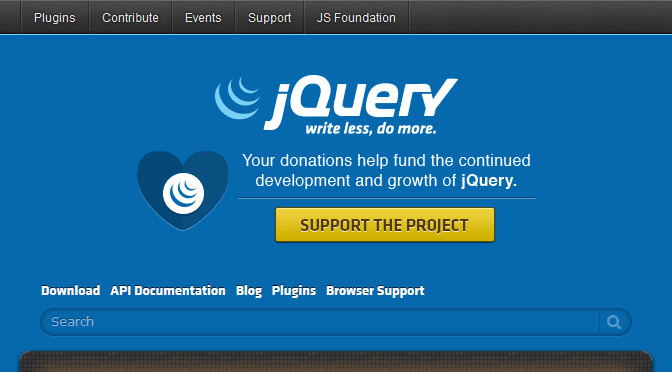
It’s a small yet fast JavaScript library. It’s very handy for doing HTML document manipulation, animation, effects, and event handling. It has a very simple-to-use interface, and it works across most platforms.
JQuery is exceptionally lightweight, enabling you to write less code and do more. It was designed to make it easier to use JS on websites. You won’t have to write lines and lines of code to accomplish simple tasks.
Its library contains features such as CSS manipulation, DOM manipulation, HTML events, animations, effects, AJAX and more. Netflix, IBM, Google and a number of other giant companies are working with JQuery.
Website: https://jquery.com/
10. Backbone.js
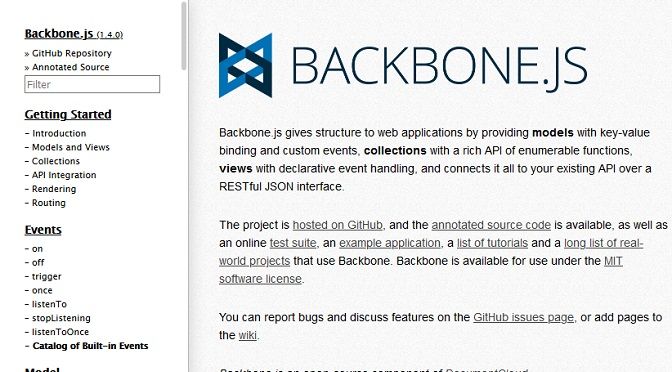
It’s a lightweight and efficient JavaScript library. It is not a web framework yet, but it has a powerful library that allows you to build single-page web apps just like any other front-end framework.
It was developed by Jeremy Ashkenas. It supports the model view presenter architecture. It doesn’t contain all components for building a full-fledged web app, though. You would have to integrate it with Unsercore.js and JS for designing and developing apps or websites.
It is ideal for small projects. It’s also friendly for beginners. Developers might not recommend you to use this framework if you want to develop a sophisticated app.
Website: https://backbonejs.org/
How to Choose the Right Framework?
It’s essential to understand what a front-end development platform is for. This ready-made canvas helps build software by reducing the development time. Many developers compare the framework with a set of plumbing tools.
Just like each plumber has a personal preference over which tool to use, front-end development works in a similar manner. Every developer tends to prefer a different framework based on the project at hand and their expertise in front end development services.
A front-end framework is a base for writing the part of the website that end users will see and use. If you can’t decide which framework to choose from the above, use these tips for narrowing down your options:
Project size and business goals
Different projects require different frameworks. Before you pick one, analyze your project and understand what’s important to you and what’s not.
List down your business goals. Let’s suppose it’s an enterprise-grade project that requires dealing with a large volume of users. You will need something consistent. In that case, developers would recommend using Angular or React.
Flexibility
Always choose a flexible framework. It must be easy to use and customize. Angular is very easy to use, and it’s quick as well. Vue and React, on the other hand, are highly flexible. They let you swap components as needed.
Performance and productivity
Performance is another critical factor to consider when choosing the right framework. Most of the front-end development frameworks discussed above are great with performance. To help you decide further, pick one that doesn’t just offer excellent performance but speed. This will boost your productivity, and you will be done with the project sooner without compromising on the quality by choosing the right front-end development services for your project.
Mobile version
Sometimes, a mobile version is not the priority initially. That’s ok, but chances are you will need one in the future.
The thing is, not all front-end development frameworks are good with mobile. Therefore, even if there are slight chances that you would need a mobile version in the future, pick a framework that supports mobile.
Developers would be able to reuse code from the web application and create a mobile version. This could save you time and money. If the framework doesn’t support mobile, be prepared to spend extra time and bear more expenses.
Hopefully, you now have all the information needed to choose the right front-end development platform for your next project. Get in touch with a company offering front-end development services to discuss your requirements.



